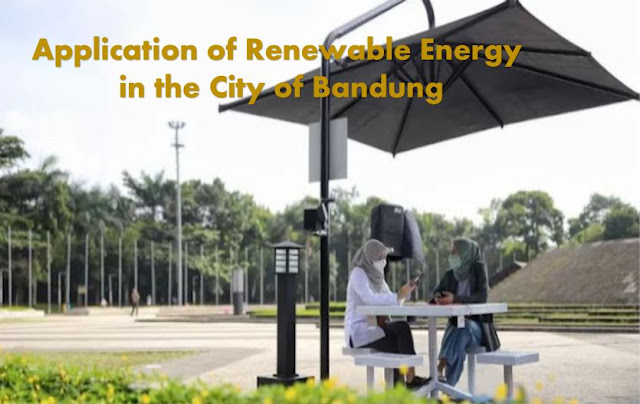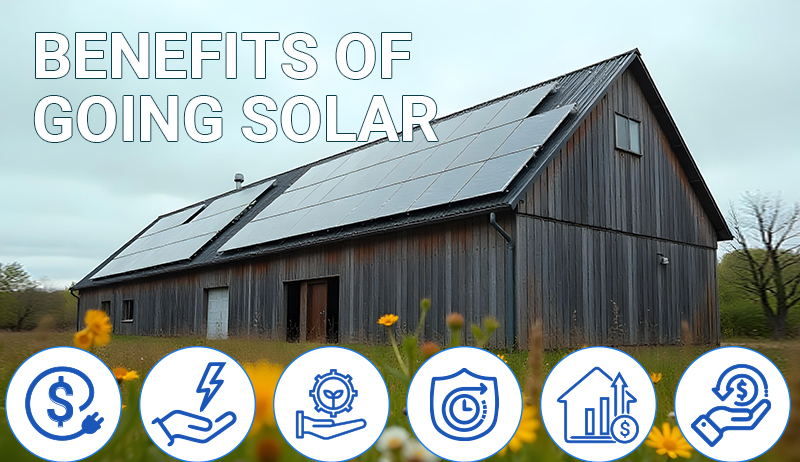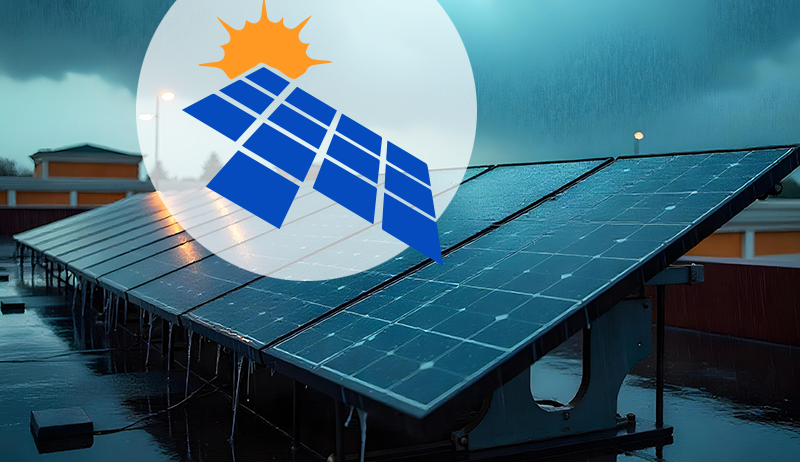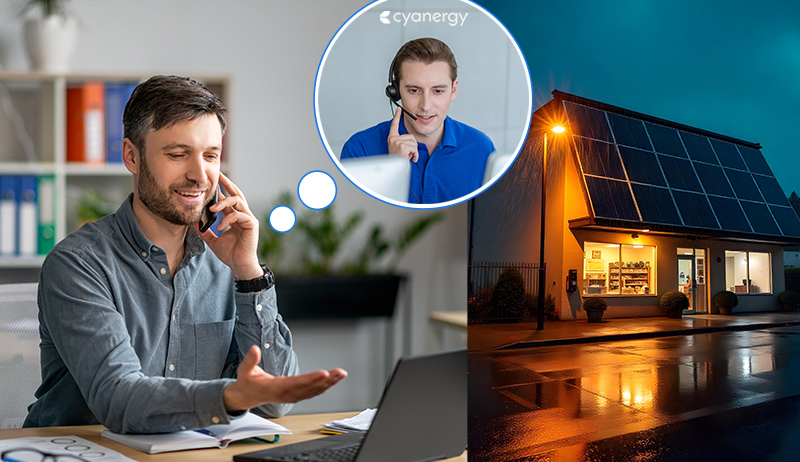
Get to know the city of Bandung
The city of Bandung is the capital of West Java Province, Indonesia. The city is located in the highlands of West Java and is surrounded by mountains, including Mount Tangkuban Perahu and Mount Padang. Bandung has a tropical climate with an average temperature of 23-29 degrees Celsius throughout the year.
Bandung is known as a creative and innovative city, with many universities and higher education institutions, as well as a thriving creative and technological industry. The city also has a rich history, being a center for art and culture since the Dutch colonial era.
One of the characteristics of the city of Bandung is the Art Deco architecture which can be found in many old buildings in the Old Town area. Apart from that, this city is also known as a shopping and culinary center, with many modern shopping centers and traditional markets as well as specialties such as nasi timbel, batagor and surabi.
In the field of tourism, the city of Bandung offers a variety of interesting tourist objects such as Ir. H. Juanda, Jalan Braga, Museum of Geology, and Kampung Gajah Wonderland. The city is also famous for its natural tourist attractions such as Mount Tangkuban Perahu, Lembang Floating Market and the White Crater.
However, like other big cities, Bandung City also has problems such as traffic jams and air pollution. The local government continues to try to overcome this problem with better public transportation programs and wider urban greening.
Implementation of Renewable Energy in the City of Bandung
Bandung, a city famous for its history and creative culture, is also in the spotlight in implementing renewable energy in Indonesia. In recent years, the local government has taken various steps to introduce environmentally friendly technologies and reduce dependence on fossil energy sources.
Along with the vision to achieve a sustainable city, the Government of Bandung City has implemented programs that focus on implementing renewable energy. One of their flagship programs is “Bandung Smart City” which aims to improve the quality of life of city residents by utilizing the latest technology and being environmentally friendly.
In its efforts to create an environmentally friendly city, the Bandung City Government has also introduced solar panel technology as a source of renewable energy. Solar panels have been installed in various strategic locations such as public buildings, hospitals and shopping centers. The use of solar panels provides multiple benefits, namely reducing energy costs and carbon dioxide emissions.
Apart from solar panels, the local government has also encouraged the use of other renewable energy such as wind turbines and biogas. This technology has started to be applied in several areas in the city of Bandung, such as in Ciburial Hamlet, Lembang, which already operates wind turbines and biogas as an alternative energy source.
The application of renewable energy in the city of Bandung is also supported by the existence of non-governmental organizations that focus on environmental protection and the development of renewable energy. For example, the Indonesian Renewable Energy Society (IRES) has an important role in helping to encourage the use of renewable energy in this city.
Although the implementation of renewable energy in the city of Bandung is still in its early stages, the local government has ambitious plans to create a fully sustainable city using renewable energy sources. In an effort to achieve this goal, the Bandung City Government continues to collaborate with educational institutions and industry to develop technology and promote the use of renewable energy.
The application of renewable energy in the city of Bandung also has a huge positive impact on the environment and the economy. The use of renewable energy can reduce the use of limited fossil energy sources and reduce carbon dioxide emissions which are harmful to the environment. In addition, the use of renewable energy can also provide economic benefits in the long term because the cost of using renewable energy is lower than fossil energy.
In a broader context, the application of renewable energy in the city of Bandung can be an example for other cities in Indonesia to reduce dependence on fossil energy sources.
Application of Renewable Energy in the Government of Bandung City
Several applications of renewable energy that have been carried out within the Bandung city apparatus include:
Installation of solar panels on government buildings
Several government buildings in Bandung City have installed solar panels on their roofs, such as at the Bandung City Education Office and the Bandung City Population and Civil Registry Office. This solar panel can generate electrical energy that is used for building needs.
Use of LED lights in some government buildings
Several government buildings in the city of Bandung have also used LED lights to save energy. One of them is Gedung Sate, which has replaced all the lights in the building with LED lights.
Use of electric vehicles:The Bandung City Government has also used electric vehicles for official purposes, such as cars and electric bicycles. This can reduce air pollution and help keep the environment clean.
Utilization of biomass energy
In the West Java Cultural Park, the Bandung City government utilizes biomass energy to produce electricity. Utilization of biomass is expected to help reduce the use of fossil energy and increase energy sustainability.
Even so, the application of renewable energy within the Bandung City government apparatus still needs to be improved and expanded so that it can help achieve the target of reducing greenhouse gas emissions and maintaining energy sustainability.
Renewable Energy Project in Bandung City
Some names of renewable energy projects in the city of Bandung include:
Solar Power Plant Project (PLTS) at the Bandung Mayor’s Office
LED Lighting Utilization Project on Jalan Ir. H. Juanda
Geothermal Energy Utilization Project in the Central Area of Bandung City
Project for the Procurement of Electric Vehicles for Public Services in the City of Bandung
Solar Panel Installation Project at the Bandung City Population and Civil Registry Service
The names of these projects show the efforts of the government and several companies in encouraging the application of renewable energy in the city of Bandung.
Companies that contribute to the Implementation of Renewable Energy in the City of Bandung
Several companies that have contributed to the application of renewable energy in the government environment of the City of Bandung include:
PT PLN (Persero) West Java and Banten Region
PLN is the state electricity company that has installed solar panels in several government buildings in the city of Bandung. In addition, PLN is also building solar power plants in other areas in West Java and Banten to meet energy needs.
PT Enviromate Technology International
The company provides renewable and environmentally friendly energy solutions, such as solar power generation systems, wind power generators and wastewater treatment systems. This company has also carried out several projects in the city of Bandung for the application of renewable energy.
PT Indra Karya
This company has installed solar panels in several government buildings in the city of Bandung, such as the Head Office of the Bandung City Population and Civil Registry Service and the Bandung City Education Office Headquarters.
PT Geo Dipa Energi
This company is the largest producer of geothermal energy in Indonesia. Geo Dipa Energi also has a geothermal power plant development project in Garut Regency, which will supply energy to the West Java region, including the City of Bandung.
With contributions from these companies, it is hoped that the application of renewable energy within the government of the City of Bandung can continue to grow and help achieve the target of reducing greenhouse gas emissions and maintaining energy sustainability.
Conclusion about the Application of Renewable Energy in the City of Bandung
From the information that has been discussed, it can be concluded that the government and several companies have implemented renewable energy in Bandung in various ways, such as installing solar panels, using LED lights, utilizing geothermal energy, and using electric vehicles.
This effort is made to reduce the use of fossil energy, increase energy sustainability, and maintain environmental cleanliness and public health. Nonetheless, the application of renewable energy in the city of Bandung still needs to be improved and expanded in order to help achieve the target of reducing greenhouse gas emissions significantly and maintain energy sustainability.
Therefore, there is a need for collaboration between the government and companies, as well as the community in encouraging the wider and integrated application of renewable energy in the city of Bandung, so as to create a more environmentally friendly and sustainable environment in the future.
https://www.exaputra.com/2023/03/application-of-renewable-energy-in-city.html
Renewable Energy
Trump’s Agenda Is Even Far-Reaching Than People May Think
 As Trump’s former lawyer Ty Cobb says at left, in addition to turning the United Stated into an autocratic regime, at the same time, Trump needs to alter history such that future generations don’t think he did anything wrong.
As Trump’s former lawyer Ty Cobb says at left, in addition to turning the United Stated into an autocratic regime, at the same time, Trump needs to alter history such that future generations don’t think he did anything wrong.
Yes, he has his hands full, but he’s assisted by hundreds of traitors in congress, and hundreds of millions of hateful morons in the U.S. electorate.
Renewable Energy
Victoria’s VEU Scheme Introduces New Solar Incentives for C&I Properties
Renewable Energy
Does Evil “Destroy Itself?”
What Aristotle said here is interesting, especially since there has been so must of both evil and good through the millennia. The days since Aristotle have been marked by the Golden Age of Rome (Pax Romana), the Dark Ages, the Spanish Inquisition, the Rennaissance, the Enlightenment, the end of slavery, the slaughter of the Native Americans, the post-Emancipation oppression of Black Americans, the Holocaust, and so many more major historical events.
It seems we’re just about to see what happens to the evil represented by Trump’s second term in office. It seems that the United States has re-elected a man to the highest position on Earth whose only interests are punishing his enemies, enriching himself from public office, further consolidating his power, and keeping himself out of prison.
Will this evil destroy itself?
Again, we’ll have to wait and see.
-
Climate Change2 years ago
Spanish-language misinformation on renewable energy spreads online, report shows
-
Climate Change Videos2 years ago
The toxic gas flares fuelling Nigeria’s climate change – BBC News
-
Climate Change2 months ago
Guest post: Why China is still building new coal – and when it might stop
-

 Greenhouse Gases1 year ago
Greenhouse Gases1 year ago嘉宾来稿:满足中国增长的用电需求 光伏加储能“比新建煤电更实惠”
-

 Climate Change1 year ago
Climate Change1 year ago嘉宾来稿:满足中国增长的用电需求 光伏加储能“比新建煤电更实惠”
-
Greenhouse Gases2 months ago
Guest post: Why China is still building new coal – and when it might stop
-

 Carbon Footprint1 year ago
Carbon Footprint1 year agoUS SEC’s Climate Disclosure Rules Spur Renewed Interest in Carbon Credits
-
Renewable Energy3 months ago
US Grid Strain, Possible Allete Sale















